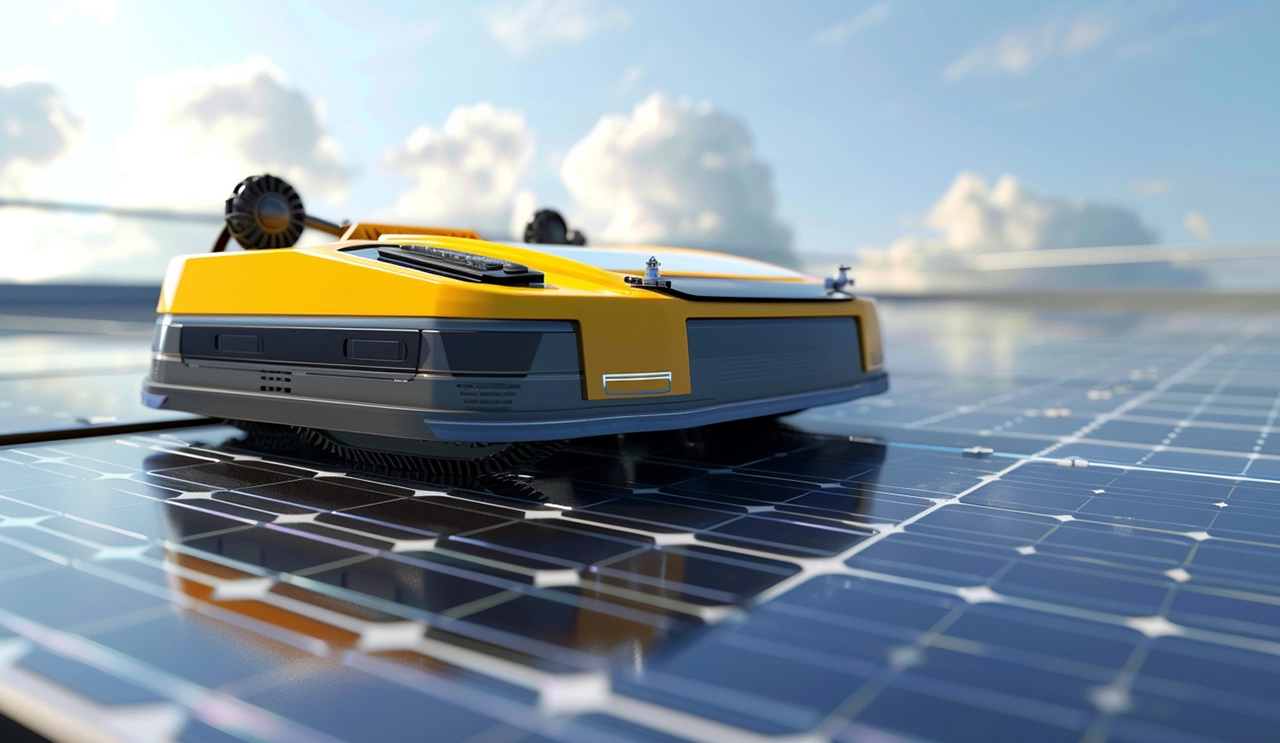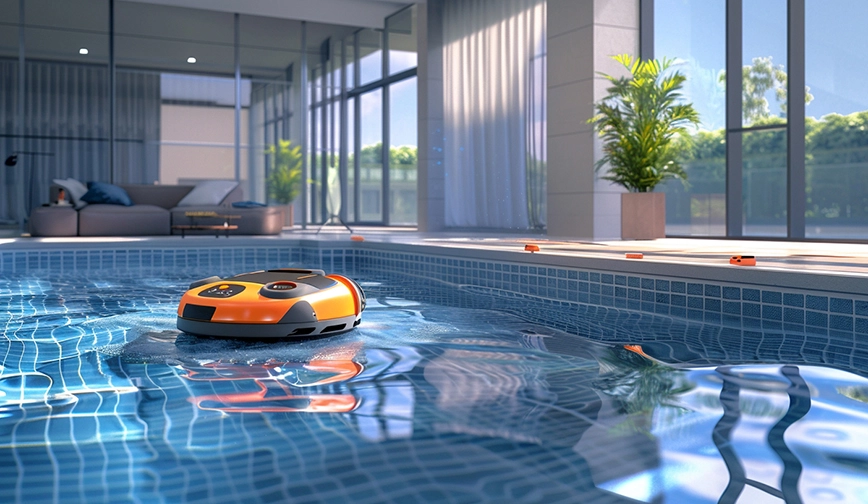
WIRELESS CHARGING IN THE NEWS
Fixed path navigation (mainly relying on pre-laid physical markers)
1. Guide belt navigation
Principle: Lay guiding tape or paint tape of a fixed color (usually white, yellow or fluorescent color with good reflectivity) on the ground. Optical sensors (emitting light and receiving reflected light) are installed at the bottom of the AGV vehicle body. The sensor tracks the centerline of the guide tape by identifying the difference in reflectivity between the guide tape and the floor.
Advantages
Simple implementation and low cost: Laying guiding belts is relatively easy and quick, with a small initial investment.
The path is intuitive and clear: The path is visible, facilitating manual understanding and temporary intervention.
Mature and reliable technology: With a long history of application, the technology is very stable and reliable.
Maintenance is relatively simple: It is relatively easy to replace or repair damaged guide belts.
Disadvantages: When the path is changed, the tape needs to be re-laid, and the flexibility is poor. The tape is prone to wear and dirt, which affects recognition. Poor aesthetic appeal; Not suitable for complex cross-paths.
2. Magnetic stripe/magnetic nail navigation
Principle: Lay magnetic materials (magnetic strips or magnetic nails arranged in a lattice pattern) underground or on the ground. Magnetic induction sensors (such as Hall sensors) are installed at the bottom of the AGV vehicle body to detect the intensity and direction of the magnetic field, thereby tracking the center line of the magnetic strip or traveling along the virtual path formed by the magnetic nail.
Advantages
Good concealment and good appearance: The magnetic strips can be buried underground (grooves are required), and the magnetic nails can be embedded in the ground, which is flat and free of protrusions.
Strong anti-interference ability: Not easily affected by environmental factors such as dust, oil stains, and changes in light.
The path is stable and reliable: The magnetic field signal is stable and the navigation accuracy is relatively high.
Low maintenance cost: Magnetic materials have a long service life and are not prone to damage (especially the embedded type).
Disadvantages: Path changes require the re-laying of magnetic materials, and the flexibility is poor (especially for the embedded type). Embedded construction has a relatively high cost and a long construction period. Metal objects on the ground may cause interference.
3. Electromagnetic guidance
Principle: A wire with low-frequency alternating current is pre-buried underground to generate an alternating magnetic field. The induction coils on the AGV vehicle body detect the intensity and direction of the magnetic field and control the vehicle's travel along the wire trajectory by calculating the signal differences.
Advantages
The path is completely concealed: there are no traces on the ground at all, which is aesthetically pleasing and does not affect other ground activities.
Strong resistance to environmental interference: Not affected by light, dust or oil stains.
Transmissible path information: By modulating the current signal, simple instructions (such as stop point numbers and speed instructions) can be transmitted to the AGV.
Suitable for harsh environments: such as high-cleanliness workshops and outdoor Settings.
Disadvantage: Path modification is extremely difficult and costly (requiring digging up the ground and rewiring); The construction is complex and the initial investment is large. The detection depth is limited and it is sensitive to metal objects on the ground.
4. Optical guidance
Principle: Similar to the navigation with a guide belt, but usually using a color-coded ribbon (not a reflective ribbon), the AGV tracks the color difference between the ribbon and the ground through a camera. Sometimes it also refers to tracking by using natural textures or patterns on the ground (but it is closer to SLAM).
Advantage: Similar to the guidance belt, it is relatively simple to implement.
Disadvantages: Sensitive to changes in light (requires stable lighting or a built-in light source); Ribbons are prone to fading and getting dirty. Changing the path is equally inconvenient.







